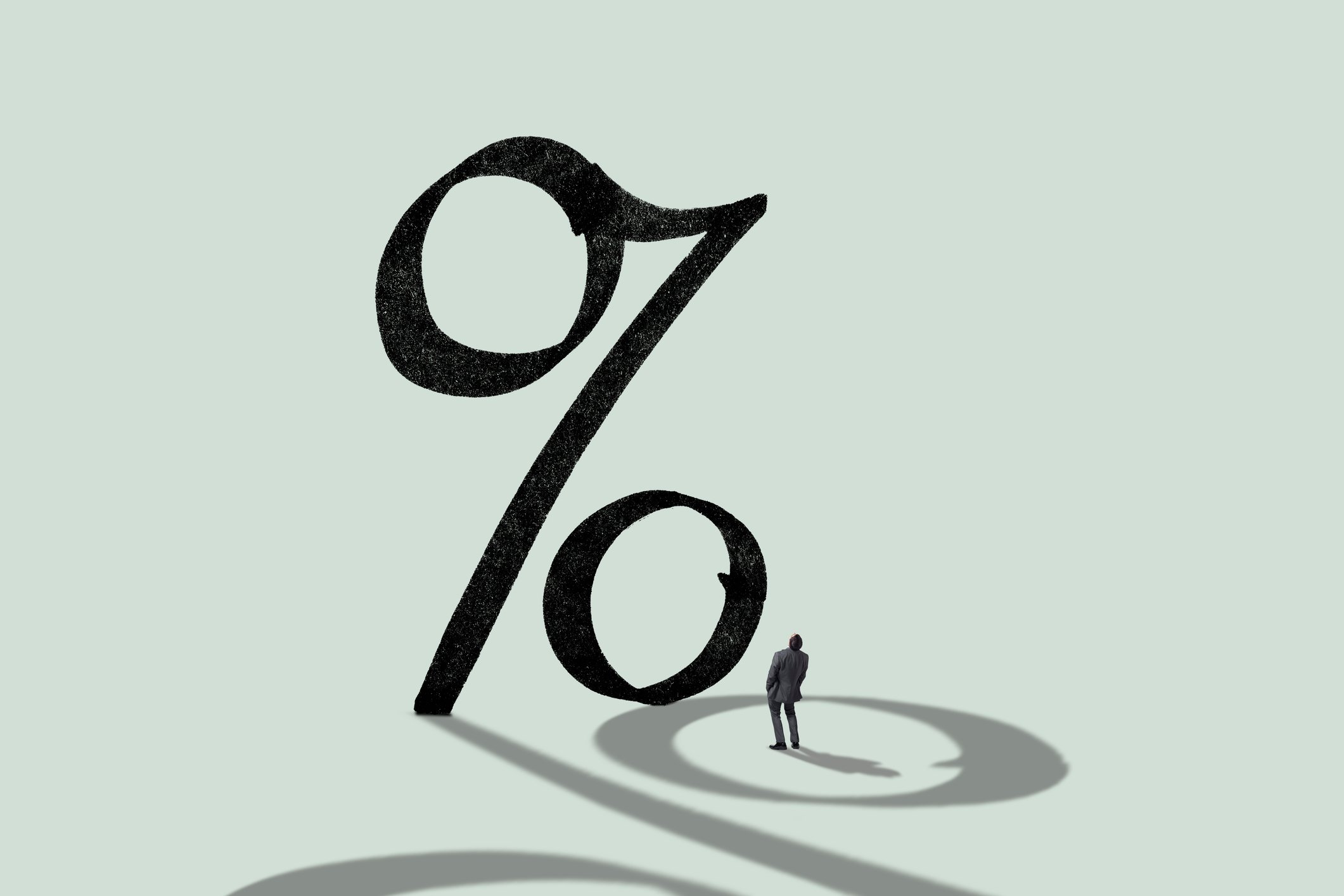
Image source: Getty Images.
The New York Stock Exchange: More than just a venue for investors to trade shares in some of America's best-known companies, it's the worldwide symbol of market capitalism. Here are seven things you didn't know about the New York Stock Exchange.
1. Slow day at the office
On March 16, 1830 -- nearly four decades after the Buttonwood agreement established the first organized stock market in New York, and 13 years after the exchange was officially chartered -- only 31 shares changed hands, making it the dullest day in the history of the Exchange. By contrast, during the most active month in the Exchange's history -- October 2008 -- average daily volume for the NYSE Group exceeded 4.2 billion shares.
2. When stocks traded like bonds
Prior to Oct. 13, 1915, stocks were quoted on the same basis as bonds – as a percentage of their par value -- rather than in dollars and cents!
If shares of Apple Inc (par value: $0.00001, a thousandth of a penny) were quoted on the same basis, Monday's closing price would be 1,085,100,000!
It took another 85 years for the Exchange to move to full decimal pricing.
3. This Exchange is shipworthy
In August 1929, the Exchange approved the opening of branch offices on trans-Atlantic ocean liners.
As The New York Times reported the following day:
It is reported that the Exchange will not rush to give the ruling that will sanction the sea service before it is convinced that radio will not mar the integrity of the Exchange. Some wonder if the ethereal quotations would be accurate. The radio men [engineers] answer affirmatively. With high power, short waves and automatic machines, there is no reason why nature's fading should make the "GM" symbol fade into "GL" [...], thereby adding confusion and perhaps undue excitement, joy or sadness among those trying to enjoy a vacation away from the madding crowds.
4. The boys club opens up
The first woman to be admitted as a member to the Exchange is Muriel F. Siebert, on Dec. 28, 1967. She reportedly paid $445,000 for her seat. It would take nearly a decade for another woman to join her.
5. Hail to the chief
Calving Coolidge may have said, "the chief business of the American people is business," but Ronald Reagan was the first sitting president to visit the embodiment of American capitalism, on March 28, 1985.
6. From "buy-and-hold" to "hot potato"
According to conventional wisdom, investors' average holding period has been on a long-term downward trend for decades reflecting the rise of stock trading versus stock ownership.
That's largely true, as the average holding period on the New York Stock Exchange dropped from a high of 8.3 years in 1960 to less than nine months (NYSE Group) in 2008, at the height of the financial crisis.
However, the post-crisis era has seen a reversal in that trend, with the average holding period rising to as much as 21 months in 2014.
Furthermore, don't go believing electronic trading is the only thing enabling frenetic trading activity: The highest annual turnover on the New York Stock Exchange on record was in 1901, when the average holding period was just 114 days.
7. You've been disrupted!
On Nov. 13, 2013, nearly two centuries after it was officially created, the New York Stock Exchange, along with other assets of NYSE Euronext, was acquired by IntercontinentalExchange Inc (ICE 1.22%). The latter was founded less than two decades earlier, in 1997, and launched in 2000 as an electronic trading platform for energy products.
Another statistic illustrates the extent to which the incumbent exchange's position has been upended over the past decade. NYSE Group's share volume market share was 25% in August (through Aug. 22). Meanwhile, BATS Global Markets Inc.'s combined market share was 22%. Barely more than a decade ago, BATS' market share was zero -- the company was founded as BATS Global Trading in June 2005, just outside the global financial hub of Kansas City, Missouri.






